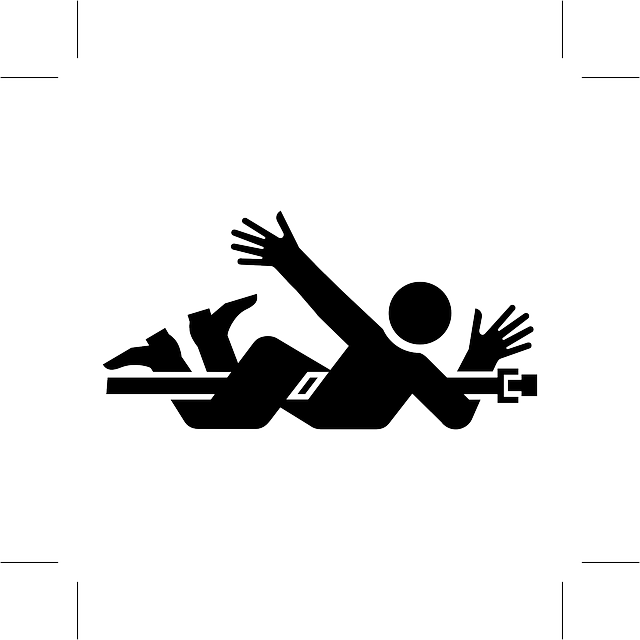The physical and emotional well-being of elderly residents in nursing homes is a critical indicator of their living conditions. Neglect, often subtler than obvious injuries, can manifest through poor hygiene, malnutrition, dehydration, bed sores, and behavioral shifts like anxiety or depression. A nursing home neglect lawyer plays a vital role in identifying these issues, assessing breaches of fiduciary duty, and helping residents secure compensation for the suffering caused by neglect. Timely intervention is key; recognizing patterns like forgotten medication or understaffing can facilitate legal action against negligent facilities.
Elder neglect in nursing homes is a serious issue that can have severe consequences. Recognizing the signs of neglect early on is crucial for ensuring the well-being of residents. This article explores physical indicators like bedsores, malnutrition, and unkempt appearances, as well as behavioral and emotional changes such as depression, anxiety, and social withdrawal. We also delve into the patterns of overlooked care routines and lacks in basic services, highlighting the importance of proactive monitoring by families and legal intervention from a nursing home neglect lawyer when necessary.
- Physical Signs of Neglect
- Behavioral and Emotional Indicators
- Identifying Patterned Overlooks and Lacks in Care
Physical Signs of Neglect

The physical appearance and general health of an elderly individual can offer crucial insights into their living conditions and care. In facilities where neglect is prevalent, residents may exhibit signs of poor hygiene and grooming. This includes unkempt hair, unwashed clothing, and a lack of personal care, such as unbrushed teeth or uncleaned nails. These physical indicators suggest a disregard for the individual’s basic needs, which can lead to further health complications.
Nursing home neglect lawyers often see cases where residents suffer from malnutrition or dehydration due to inadequate feeding and monitoring. Bed sores, also known as pressure ulcers, are another severe sign of neglect, indicating a lack of proper turning and positioning in bed. Moreover, the presence of unusual injuries, like bruises, cuts, or broken bones, without apparent explanation, points towards potential caregiver negligence, including medical negligence in cases of auto accident injuries or other mishaps.
Behavioral and Emotional Indicators

Neglect in nursing homes can manifest through subtle behavioral and emotional changes in residents. If a resident who was once active and engaged becomes withdrawn, anxious, or depressed, it could be an indicator of elder neglect. They may also display signs of physical discomfort, such as persistent pain, poor hygiene, or unusual weight loss, which could suggest that their basic needs aren’t being met. These emotional and physical cues often serve as red flags for potential nursing home neglect.
Family members or caregivers should pay close attention to these changes, especially if they notice a sudden decline in the resident’s overall well-being. If you suspect neglect, consulting with an experienced nursing home neglect lawyer is crucial. They can help assess the situation and determine if there has been a breach of fiduciary duty, which can lead to seeking compensation through accident settlements for the harm caused. Remember, timely action is essential, as evidence may become harder to gather over time.
Identifying Patterned Overlooks and Lacks in Care

In nursing homes, consistent and attentive care is paramount for residents’ well-being. However, patterns of neglect can often go unnoticed or unaddressed, leading to severe consequences. A nursing home neglect lawyer would highlight that these overlooked issues may not be isolated incidents but recurring themes indicative of a broader problem within the facility. For instance, repeated instances of forgetting to administer essential medication, inconsistent personal hygiene assistance, or chronic understaffing could signal a systemic failure to provide adequate care.
Recognizing these patterns is crucial for both family members and legal professionals. A car accident attorney’s perspective on negligence extends beyond individual incidents; it involves analyzing trends that may be difficult to detect in the moment. If families observe consistent lacks in care, such as repeated instances of dirty or unkempt living spaces, malnutrition due to inadequate feeding, or a lack of social interaction and stimulation, it could point towards institutional neglect. Identifying these patterns can facilitate client recovery by providing solid evidence for legal action against negligent facilities.
Neglect in nursing homes is a serious issue that can have severe consequences for elderly residents. By recognizing physical signs like bed sores, malnutrition, or dehydration, along with behavioral changes such as increased anxiety or social withdrawal, we can identify potential cases of elder neglect. It’s crucial to pay attention to patterned overlooks in care, where basic needs are consistently ignored. If you suspect nursing home neglect, contacting a qualified nursing home neglect lawyer is a vital step towards ensuring justice and compensation for the harmed individual.






